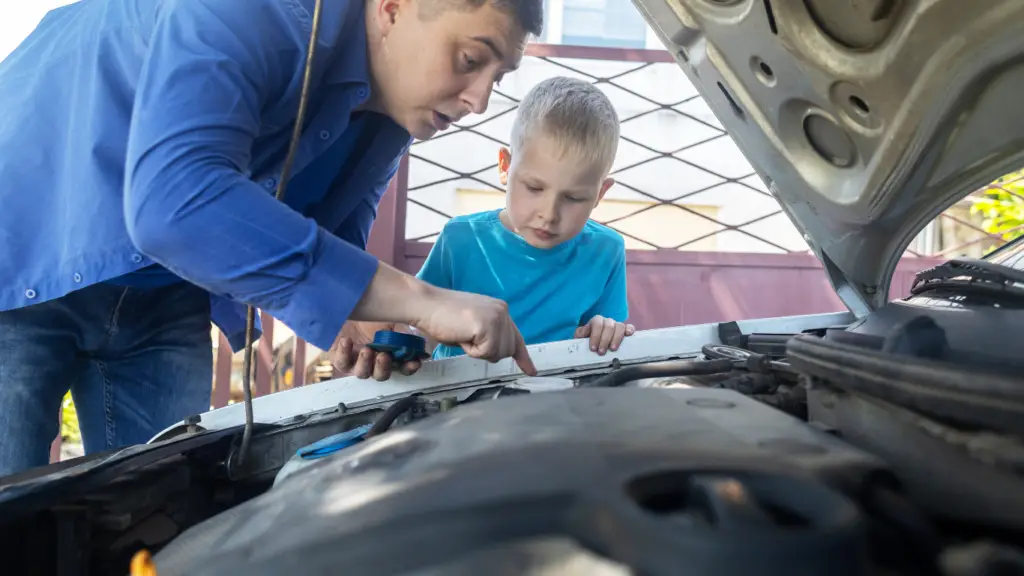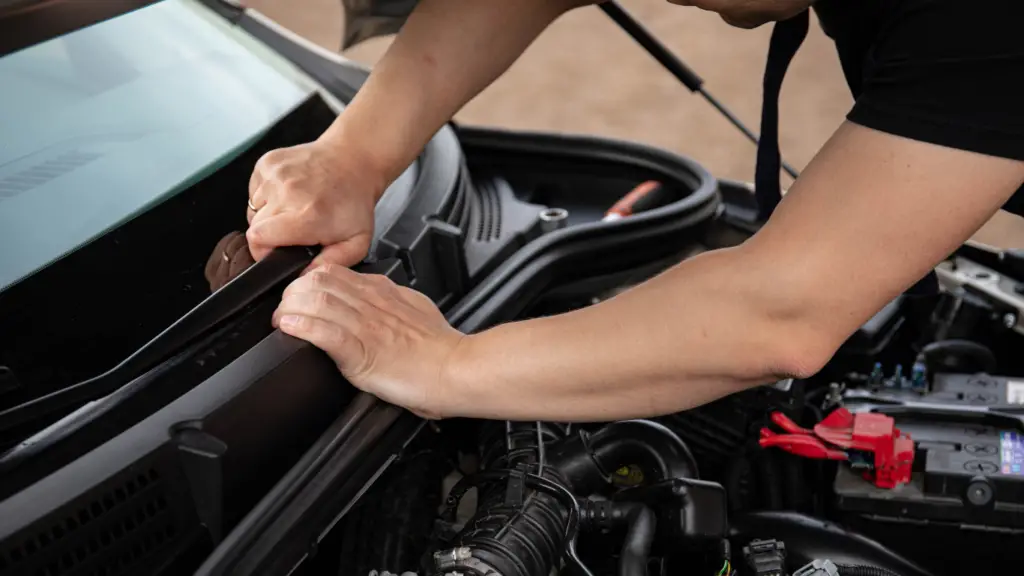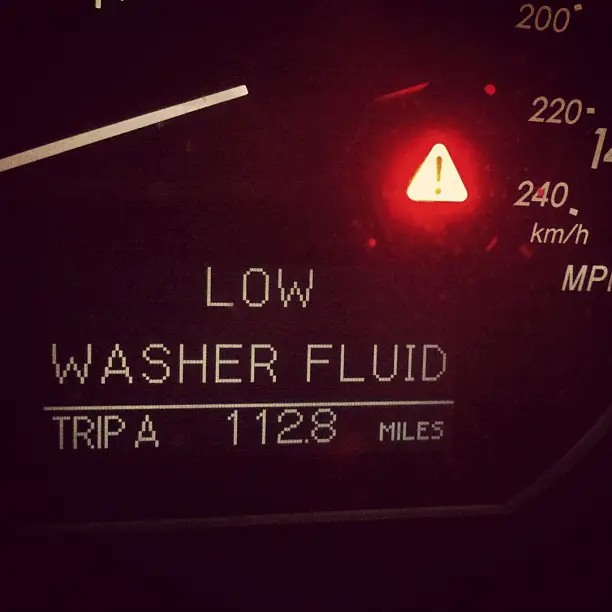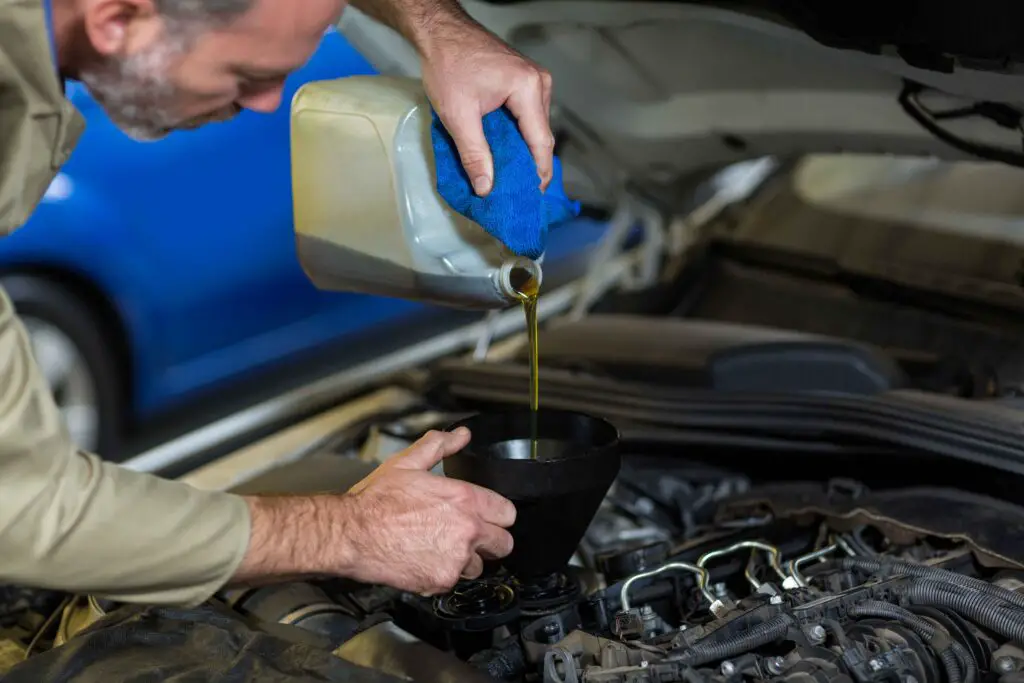
The sun is unforgiving, the roads are scorching, and your car is taking a beating. Whether you’re navigating rush-hour traffic in Phoenix or tackling the long highways of Texas, the summer heat isn’t just uncomfortable—it’s brutal on your vehicle.
Most summer car care advice out there is outdated. It barely scratches the surface of the real issues your car faces in extreme heat.
You’re not just a car owner; you’re an enthusiast. You understand the value of a well-maintained engine, and you need advice that goes beyond the basics.
This guide delivers 10 essential summer car care tips designed for 2025’s extreme conditions.
This isn’t about quick fixes—it’s about keeping your car cool, efficient, and reliable, no matter how high the temperature climbs.
1. Tire Check: Your First Line of Defense
Your tires are the only contact between your car and the road, making them a top priority in extreme heat.
If you frequently carry heavy loads or tow, investing in a tire pressure monitoring system (TPMS) can provide real-time alerts to prevent sudden failures.
Check tire tread depth using the penny test or a tread depth gauge. Worn-out tires reduce traction and increase the risk of blowouts.
Verify tire pressure in the morning when tires are cold. High temperatures can cause fluctuations, leading to premature wear.
Rotate tires every 5,000–7,000 miles for even wear and improved longevity.
2. Cooling System: Beat the Heat
Overheating is one of the biggest causes of summer breakdowns.
Never open the radiator cap when the engine is hot. The pressurized system can cause serious burns.
Check coolant levels and top up with a 50/50 mix of coolant and distilled water.
Inspect radiator hoses for cracks, leaks, or swelling.
Ensure the radiator fan is functioning properly—if it doesn’t kick in at operating temperature, get it checked immediately.

3. Battery Health: Stay Charged
Hot weather can be just as tough on your battery as freezing temperatures.
Carry a portable jump starter in your trunk for emergencies—no need to rely on a second vehicle.
Clean corrosion from battery terminals using a baking soda and water solution.
Test battery voltage; anything below 12.4V signals a replacement is due.
Apply dielectric grease to terminals to prevent future corrosion.
4. Air Conditioning: Keep Cool
A failing AC isn’t just inconvenient—it’s unbearable in the summer heat.
- Check refrigerant levels; low levels indicate a leak or the need for a recharge.
- Inspect AC hoses for oily residue, which signals a possible leak.
- Replace the cabin air filter every 12,000–15,000 miles to maintain airflow and cooling efficiency.
- Park in the shade whenever possible or use sunshades to reduce cabin heat buildup.
I read a story online about someone who left his old vintage car outside in the sweltering heat of Yuma, Arizona. By the time they returned, the interior temperature had soared past 150°F.
Their plastic sunglasses holder curled up like a pretzel, and the steering wheel was too hot to touch. Yet, the car itself ran just fine—because it was built to handle extreme temperatures.
Moral of the story? Some things are out of your control, but proper maintenance can keep your car from becoming a casualty of the summer heat.
5. Engine Oil & Filters: Lubrication is Key
Oil is the lifeblood of your engine, and summer heat can thin it out quickly.
If you notice any leaks, address them immediately before they lead to serious engine damage.
Use high-quality synthetic oil for better heat resistance.
Check oil levels and quality; dark, gritty oil needs immediate replacement.
Replace oil filters during every oil change to maintain peak engine performance.
6. Brakes: Safety Comes First
Brakes take a beating in stop-and-go traffic, especially in extreme temperatures.
Consider upgrading to ceramic brake pads for better performance and reduced dust buildup.
Inspect brake pads and rotors for wear. Squeaking or grinding sounds mean replacement time.
Check brake fluid levels; low fluid affects braking efficiency.
7. Windshield Wipers & Visibility: A Clear View Ahead
A dirty windshield isn’t just annoying—it can cause eye fatigue and become a serious safety hazard.
Apply a water-repellent treatment like Rain-X to improve visibility during sudden downpours.
Replace wiper blades if they streak, skip, or leave residue.
Use a bug remover windshield washer fluid to keep visibility high.

8. Belts & Hoses: Keep the Engine Running Smoothly
A worn-out belt or hose can leave you stranded in the heat.
Loose belts can cause engine overheating or power loss—get them adjusted if necessary.
Check the serpentine belt for cracks, fraying, or glazing.
Ensure the timing belt is within its recommended replacement interval (typically 60,000–100,000 miles).
9. Exterior Protection: Shield Your Car from the Sun
Sun damage doesn’t just affect your skin—it destroys your car’s paint and interior too.
Park in the shade whenever possible and leave windows slightly cracked for air circulation.
Wash and wax regularly to protect against UV rays.
Use a ceramic coating for long-lasting defense against sun, dirt, and pollution.
10. Emergency Kit: Be Prepared
A well-stocked emergency kit can be a lifesaver.
Store a portable phone charger to avoid being stranded without communication.
Keep a spare tire, flashlight, basic tool kit, and jumper cables in your trunk.
Pack a first aid kit, extra water, and non-perishable snacks for long trips.
Ensure your spare tire is properly inflated and in good condition.
Conclusion
Summer is here, and so are the challenges that come with it. From intense heat to unpredictable road conditions, your car needs more than a casual check-up to stay in peak shape.
These 10 tips aren’t just about preventing breakdowns—they’re about protecting your investment, ensuring your safety, and making sure your car performs at its best all season long.
Whether you’re hitting the highway or navigating city streets, a well-prepared car means fewer worries and more time enjoying the ride.
What’s the toughest car challenge you’ve faced during summer?
Drop a comment—we’d love to hear your stories and help you find the best solutions.



Leave a Reply